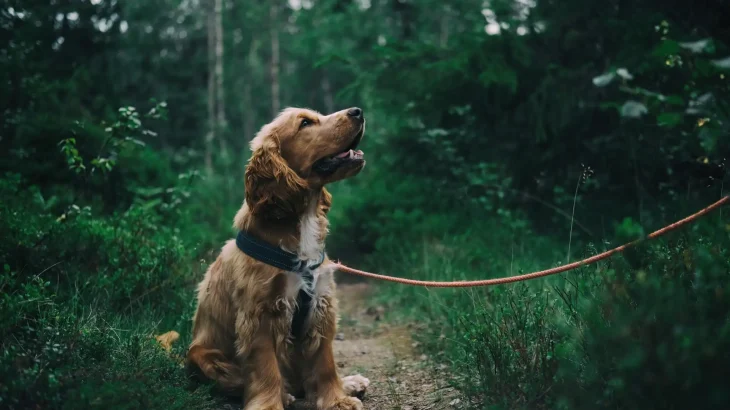When considering adding an English Cocker Spaniel puppy to your home, you can choose to either adopt or purchase. Buying from a breeder often guarantees detailed health history and pedigree, while adopting offers the chance to give a loving home to a dog in need and potentially lower costs.
Adoption vs. Breeder: Pros & Cons
| Criteria | Buying from Breeder | Adopting from Shelter/Rescue |
|---|---|---|
| Cost | Typically higher, around $1,200 to $1,500 for an English Cocker Spaniel puppy. | Lower adoption fees, often including vaccinations and spay/neuter. |
| Health History | Usually detailed health records and genetic screening available. | Health history may be unknown; shelters provide basic health checks. |
| Age Availability | Primarily puppies, allowing you to raise them from a young age. | Various ages available, including adults which might be overlooked pets. |
| Temperament Insight | Breeders can provide insights based on lineage and temperament traits. | Shelter staff can share behavioral observations, though full history may be limited. |
| Supporting Practices | Supports responsible breeding programs adhering to ethical standards. | Supports animal welfare by providing homes to dogs in need. |
| Ethical Considerations | Important to choose reputable breeders to avoid contributing to unethical breeding. | Helps reduce shelter overcrowding and gives a second chance to pets. |




















































